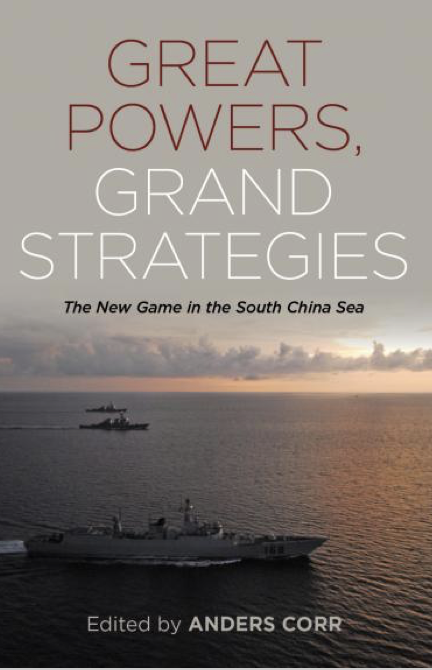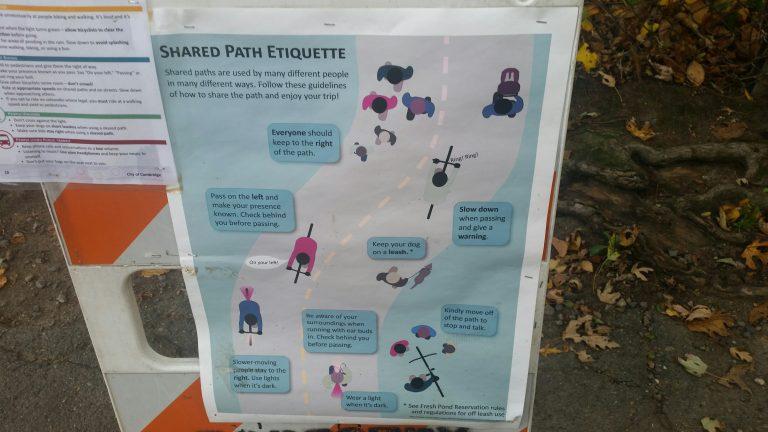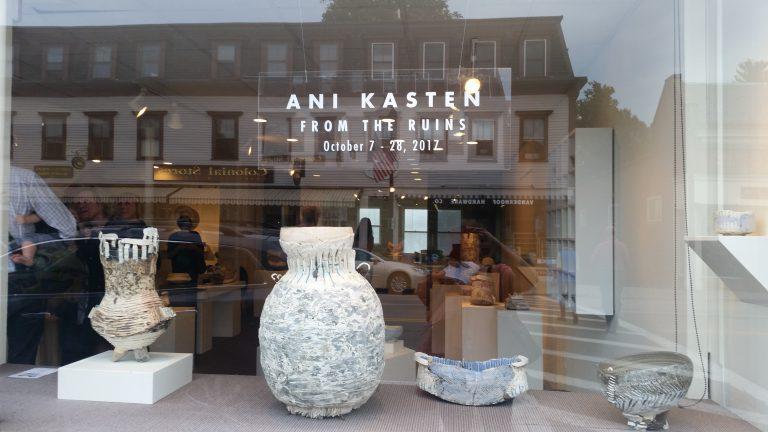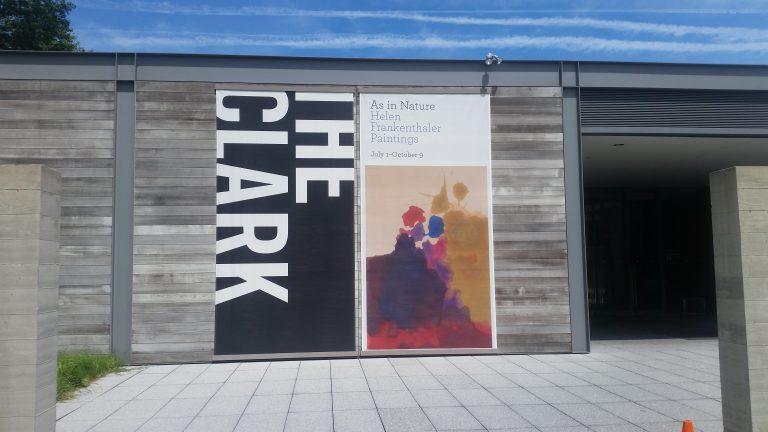At a recent MIT/Sloan Management School conference on Health Systems Innovation, MIT-Sloan Professor Retzef Levi laid out...
new cambridge observer
International communications expert Dick Pirozzolo reviews Great Powers, Grand Strategies, a new book urging that the United...
Writer, photographer and wunner (someone who walks and runs?) Anita Harris thanks Ranger Jean Rogers for...
Writer/photographer Anita Harris found Ani Kasten's ceramics show in Concord, MA, inspirational. Comprised mainly of vessels...
After someone gives Cambridge writer Anita Harris the finger at Fresh Pond (and, to be honest, Harris...
On a recent visit to the Clark Art Institute in Williamstown, MA, Cambridge writer Anita Harris was...





